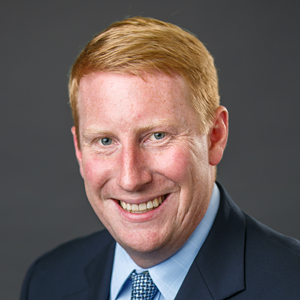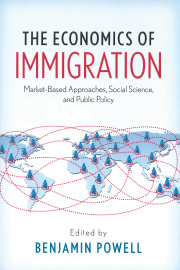The fall of the Berlin Wall marked the start of the march toward freer markets in the former Soviet Union and socialist countries in Eastern Europe. The march towards liberty has not been without its detours and the regulatory threat from bureaucrats in Brussels looms large. But, for lovers of liberty, there is much to celebrate a generation after the fall of the wall.
Socialism is antithetical to economic freedom. Though it was impossible to measure at the time, there is little doubt that the markets in the former Eastern Bloc were repressed and standards of living were low. Twenty five years later, markets are much freer and standards of living have improved dramatically.
The Economic Freedom of the World Annual Report measures the degree to which countries’ policies support economic freedom across five broad areas: the size of government, the legal system and property rights, sound money, the freedom to trade internationally, and the degree and extent of regulation. The index is scored from 1 to 10 with higher scores indicating greater economic freedom.
Only five Eastern European countries had enough data available to calculate a score in 1990. They collectively averaged a 4.4. Today, that would place them second to last in the rankings between the Republic of the Congo and Venezuela. As of 1995, the rankings included 14 countries from the region and they averaged a score of 5.0. Those same countries had improved their average to 6.2 by 2000 (today that would rank them 125th out of 152).
The number of former socialist countries with enough data available to rank them has risen to 25 over the last dozen years. Today, these countries average a score of 7.1. That’s good enough to rank them 68th if they were a single country.
In fact, as a group, these countries score only 9 percent lower in economic freedom than the United States. They were fully 29 percent behind the United States in 2000.
Increased prosperity has followed the greater economic freedom. It makes little sense to compare incomes in 1990 to incomes today, because the 1990 figures were calculated at fictitious non-market prices where goods were often not available. But, real incomes in these countries have nearly quadrupled since 1995—from an average of about $2,400 per capita in 1995, to $9,500 today.
What are the prospects for liberty and prosperity in these countries in the future? I’m optimistic.
The European Union has been a mixed bag for these countries. Qualifying for E.U. membership has required some countries to change policies in ways that increases their economic freedom. For other countries, like Estonia, E.U. membership means harmonizing policies and regulations with the E.U. in ways that decreases their economic freedom.
The greatest hope for the continued march towards free markets in Eastern Europe lies with the ideas of young people—not the politicians in Brussels. A generation has grown up since the fall of the Berlin Wall. They have grown up with access to information about freedom through the Internet that dwarfs what prior generations could learn through Radio Free Europe.
A little over a year ago I stepped off a plane in Kosovo. I was not surprised that the young man who picked me up was enthusiastic about freedom—after all he was a volunteer at the Free Market Road Show that I was speaking at. What was surprising was how knowledgeable he was about free market scholarship, both the well-known and obscure. He had found most of it, including my own work, online and through social networks.
This experience would repeat itself often while I lectured in eight countries in the following weeks. The Free Market Road Show itself is a cause for optimism. It brings academics from the United States and Europe together with business people to travel to more than 27 cities throughout Europe (mostly Eastern) and speak about free markets.
The road show is just one of many groups spreading the knowledge about how free markets work throughout these countries. Six years ago, I was in Romania at the European Resource Bank Meeting, a gathering of free market oriented think tanks from around Europe, and I had dinner with two dozen young people who had learned about free markets from the Institutul Ludwig Von Mises Romania. Similar groups exist in other former socialist countries.
There are even bright spots for liberty in higher education. The University Donja Gorica, in Montenegro, requires all students to learn about the theories of free market economists Ludwig Von Mises and Frederick Hayek. Similarly, the University of Economics, Prague and now the Cevro Institut have promoted the study of these theories in the Czech Republic.
Perhaps most encouraging is the rapid growth of European Students for Liberty, which now attracts more than 500 young people to their annual conference and hosts many regional events throughout the year.The former socialist countries in Europe have made a lot of progress towards freeing their markets since the fall of the Berlin Wall. Let’s hope we’ve only seen the beginning of much more to come.











